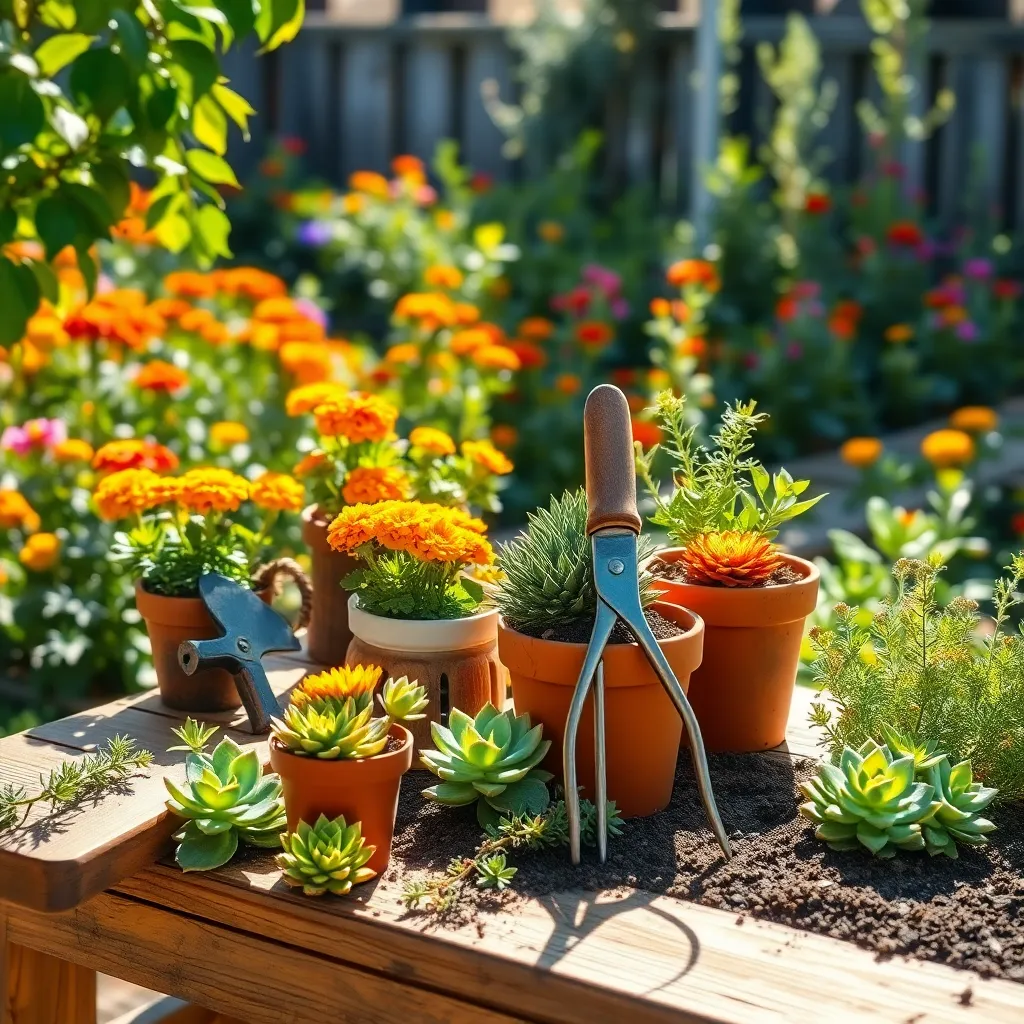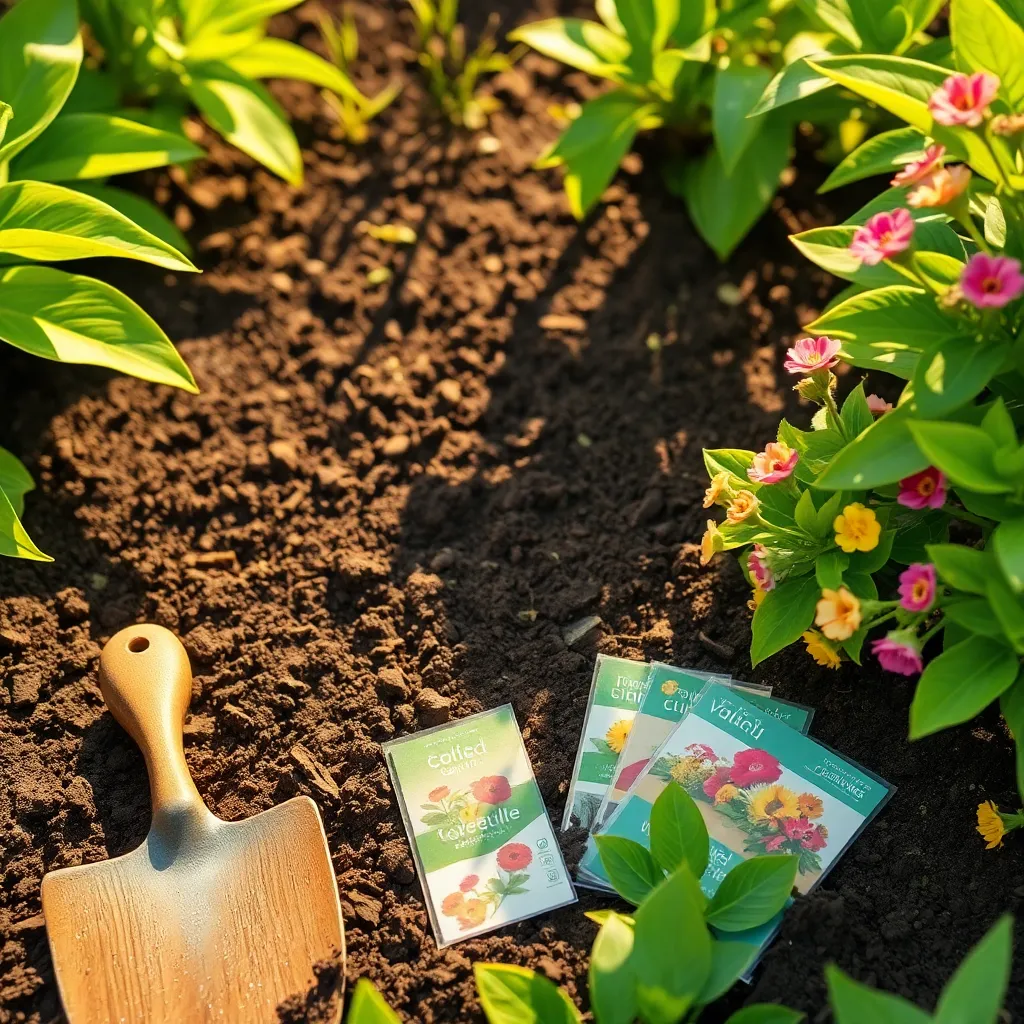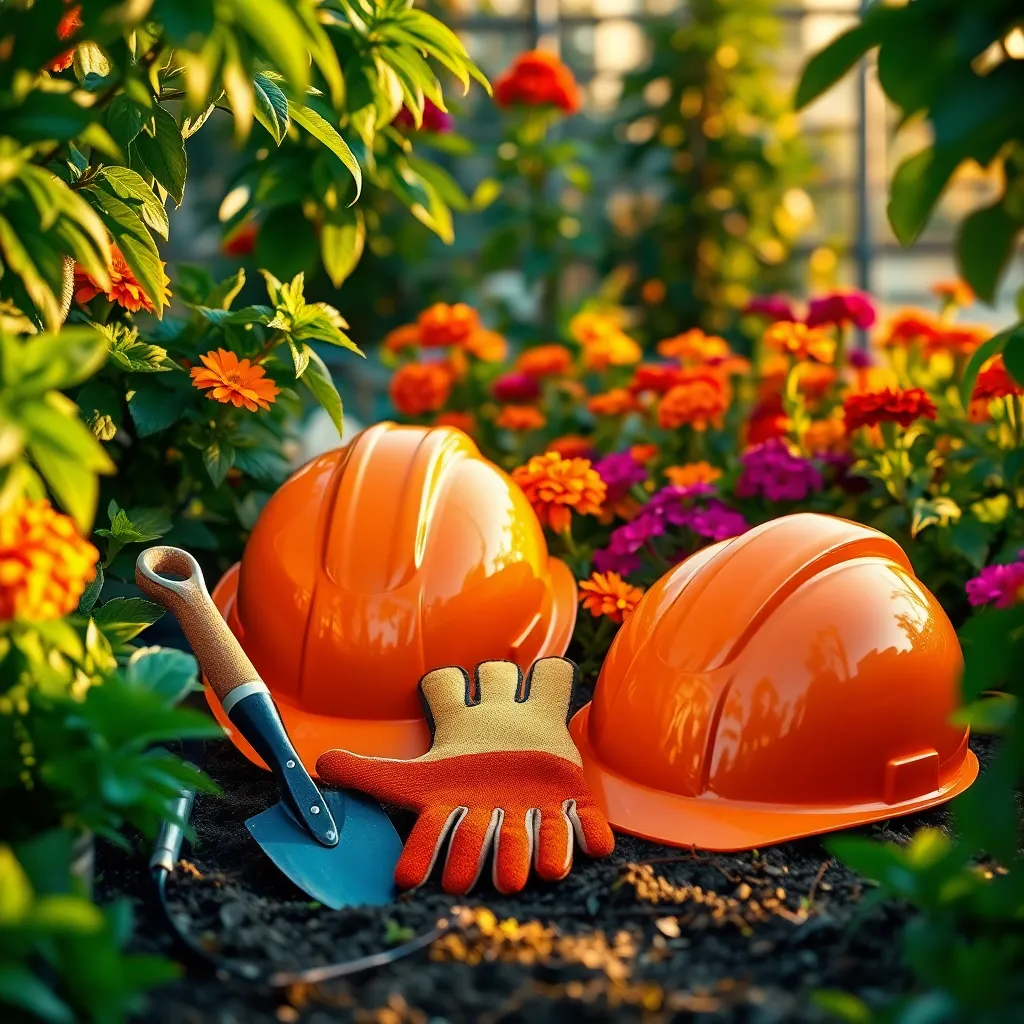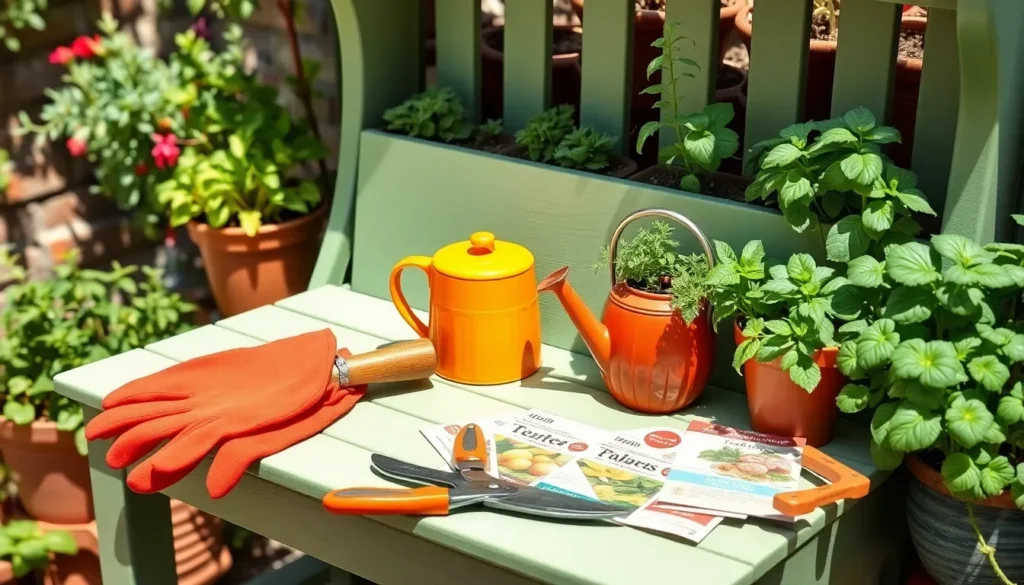Gardening is a delightful journey, whether you’re just starting out with your first plant or have hands seasoned by years of tilling the soil. The key to a flourishing garden often lies in having the right tools at your fingertips, turning what could be a daunting task into a joyful experience. For beginners, choosing the right tools can feel like navigating a maze, but fear not—each tool holds the promise of transforming your outdoor space into a vibrant oasis.
Tools are the gardener’s best friends, extending your capabilities and making every task more enjoyable. Even for seasoned gardeners, updating or refining their collection can breathe new life into their gardening practices. In this article, we’ll explore essential gardening tools that every beginner should consider, from trowels to pruners, ensuring that your green thumb is equipped to tackle any challenge. Whether you’re planting the first seeds or maintaining a lush landscape, understanding these tools will empower you to cultivate with confidence and ease.
Choosing Essential Hand Tools

Gardening hand tools are the backbone of any gardener’s toolkit, providing the precision and control needed for various tasks. A good pair of pruners is essential for keeping your plants tidy and healthy, allowing you to cut back dead or overgrown branches with ease.
Investing in a sturdy hand trowel can make planting and transplanting a breeze, especially in tight spaces or containers. Look for a trowel with a comfortable grip and a stainless steel blade to ensure durability and ease of use when working with different soil types.
A hand fork is perfect for loosening soil, removing weeds, and turning compost, making it an essential tool for maintaining healthy soil conditions. Choose a model with sharp, strong tines to effortlessly break up compacted dirt and remove stubborn roots.
For those with larger gardens or tougher soils, a garden knife or hori-hori can serve multiple purposes, from cutting through roots to measuring planting depths. This versatile tool often comes with a serrated edge and a ruler on the blade, making it ideal for a wide range of gardening tasks.
Digging and Planting Equipment

When starting a garden, having the right digging and planting equipment is crucial for success. A basic yet indispensable tool is the garden spade, which is perfect for turning soil, digging planting holes, and edging. A spade with a sharp, pointed blade can easily cut through tough soil and roots, making your gardening tasks more efficient. Consider choosing a spade with a comfortable handle to reduce strain during extended use.
Another essential tool is the garden trowel, which is ideal for planting small plants and bulbs. This handy tool allows you to dig precise holes without disturbing surrounding soil too much. Look for a trowel with a sturdy, rust-resistant blade to ensure longevity. The right trowel can also help with transplanting seedlings and applying soil amendments around your plants.
For those tackling larger areas, a garden fork can be incredibly useful. It’s excellent for breaking up compacted soil and aerating garden beds. A fork can also help with turning compost piles and mixing in amendments like compost or peat moss. Opt for a garden fork with a strong handle and durable tines to withstand heavy use.
When planting, it’s important to consider the soil conditions in your garden. Well-draining soil is crucial, especially for beginner gardeners, as it prevents overwatering and root rot. If your soil lacks nutrients, enrich it with organic matter like compost or well-rotted manure. Regularly testing your soil will help you understand its pH and nutrient levels, allowing you to make necessary adjustments for optimal plant growth.
Pruning Tools for Beginners

When it comes to maintaining the health and shape of your plants, pruning tools are essential for beginners. Investing in the right tools can make the process efficient and enjoyable, ensuring your plants thrive and look their best.
Secateurs, or pruning shears, are a must-have for any gardener. They are perfect for trimming small branches and deadheading flowers, helping to promote new growth and prevent disease spread.
For thicker branches, a pair of loppers will provide the leverage needed. Their long handles and sharp blades make it easy to cut branches up to 2 inches in diameter, keeping your plants tidy and well-maintained.
Pruning saws are beneficial for even larger branches that loppers can’t handle. They are ideal for pruning fruit trees and large shrubs, ensuring your garden remains healthy and productive.
Maintaining your pruning tools is crucial for their longevity and effectiveness. Regularly clean and oil the blades to prevent rust, and sharpen them as needed to ensure clean cuts that promote plant health.
When using pruning tools, always ensure you have a clear view of what you’re cutting to avoid accidental damage. Proper technique not only protects your plants but also keeps your garden looking neat and well-cared for.
Watering Tools and Accessories

When it comes to gardening, efficient watering is crucial for plant health and growth. Using a watering can with a long spout allows you to reach the base of the plants easily, ensuring that water directly nourishes the roots.
A garden hose with an adjustable nozzle is a versatile tool for any outdoor gardening space. Choose a nozzle that offers various spray patterns, such as a gentle shower for delicate plants and a stronger jet for cleaning tools and walkways.
For those who want to conserve water, a soaker hose is an excellent choice. This tool allows water to seep slowly into the soil, providing consistent moisture to the roots without wasting water through evaporation.
Drip irrigation systems offer an advanced watering solution for garden beds and potted plants. They can be easily set up to provide precise water delivery, which is especially beneficial in hot climates or for water-sensitive plants.
Don’t forget about a rain gauge, which helps you monitor natural rainfall to adjust your watering schedule accordingly. Understanding how much rain your garden receives ensures that you’re not over or under-watering your plants.
Safety Gear for New Gardeners

Gardening is a rewarding activity, but it’s important to prioritize safety while working outdoors. Investing in the right safety gear can prevent injuries and make your gardening experience more enjoyable. Gloves are a must-have for any gardener, protecting your hands from thorns, sharp tools, and insect bites. Choose a pair made from durable materials like leather or a synthetic alternative that provides both protection and flexibility.
Equally important is eye protection, especially when using tools that can send debris flying. A simple pair of safety glasses can keep your eyes safe from dirt, dust, and any unexpected accidents. Hats and sunscreen should not be overlooked as they guard against sunburn and long-term skin damage. Choose a wide-brimmed hat and apply broad-spectrum sunscreen generously on exposed skin.
Footwear is another crucial component of gardening safety gear. Opt for sturdy, closed-toe shoes or boots that protect your feet from sharp tools and provide good traction to prevent slips. Long sleeves and pants offer an additional layer of protection against insects and scratches from plants. Lightweight, breathable fabrics are ideal for keeping you comfortable while shielding your skin.
Beginner gardeners should also consider ear protection when using loud power tools like lawnmowers or leaf blowers. Regular exposure to high noise levels can lead to hearing loss, so wearing earplugs or noise-canceling earmuffs is a wise precaution. Finally, keep a small first-aid kit in your gardening area to quickly address any minor cuts or scrapes. Having these safety measures in place ensures that you can focus on nurturing your plants without worry.
Conclusion: Growing Success with These Plants
In this exploration of ‘Must-Have Outdoor Gardening Tools for Beginners,’ we’ve unearthed five essential relationship concepts: the importance of nurturing connections like you would tender seedlings, the value of patience and persistence, the necessity of proper tools for healthy growth, the role of a fertile environment in fostering thriving bonds, and the art of regular maintenance to prevent weeds from overshadowing the blooms. These principles can transform your garden and your relationships alike.
As you step into your relationship garden, consider this actionable step: identify one tool or practice you can introduce today to cultivate your connections, whether it’s setting aside quality time, active listening, or expressing gratitude. By taking this small but meaningful step, you begin nurturing a garden of love and understanding.
To ensure you have these relationship insights at your fingertips, bookmark this article now. Let it serve as your guide, reminding you of the tools that can enrich your interactions.
Remember, a flourishing relationship, much like a garden, is a testament to consistent care and commitment. Embrace these practices, and watch as your relationships bloom into something truly beautiful.







